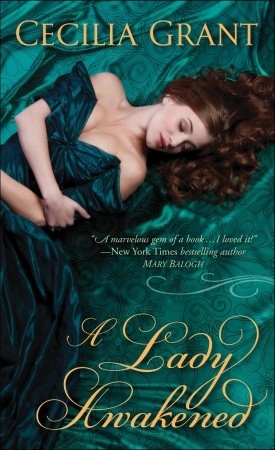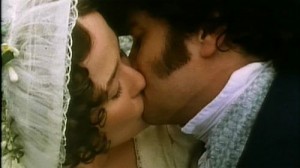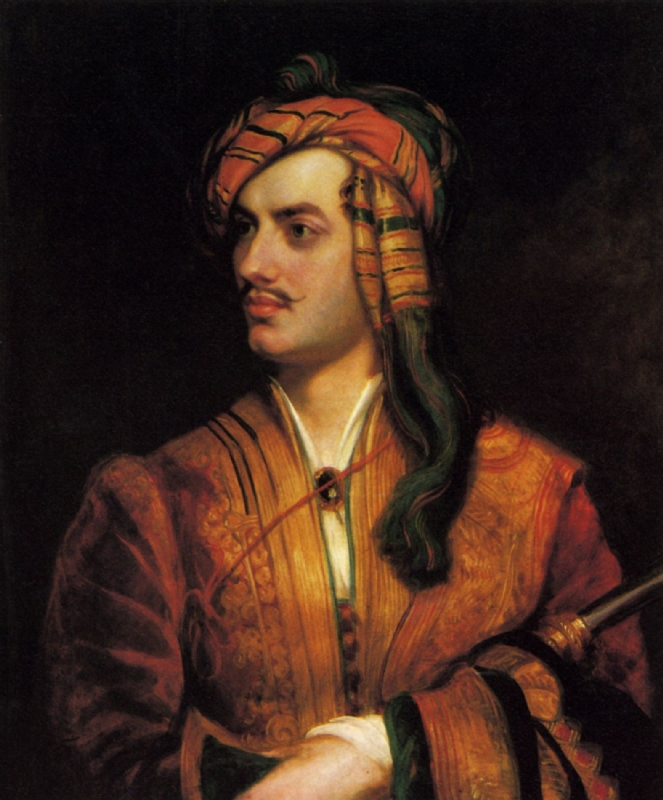Happy New Year, everyone!! I hope you had a great, fun New Year’s Eve and are looking forward to 2013 like I am. It really feels like a fresh start this year.
But Janet’s “best of” list inspired me to take a look back as well! I’ve read (as always) A Lot of books this year, and most of them are now forgotten. I didn’t keep a list of what I liked/didn’t like/found useful, but these are a few that stuck with me:
Paris to the Past by Ina Caro–this had a fabulous travel tip for history geeks like me–visit sites in historical consecutive order (in this case, France, using Paris as a base). I found lots of obscure, new-to-me museums and sites to visit the next time I’m lucky enough to get to Europe
Clover Adams by Natalie Dykstra–a short-ish, easy to read, engrossing biography of a fascinating, sad, mostly-forgotten life. I remember visiting Rock Creek Cemetery in Washington DC and seeing Clover Adams’s incredibly striking, melancholy tombstone carved by Augustus St. Gaudens, and was so happy to finally find out more about the woman who inspired it
 Where’d You Go, Bernadette by Maria Semple–my favorite novel this year! As soon as I finished it I ran around telling everyone they need to read it…
Where’d You Go, Bernadette by Maria Semple–my favorite novel this year! As soon as I finished it I ran around telling everyone they need to read it…
Bring Up the Bodies by Hilary Mantel–the follow-up to Wolf Hall, which I also loved. Even though it employs literary devices I usually can’t stand (present tense, sometimes unclear who is talking/thinking, etc) I do love these books for the way they capture the dangerous, precarious, lavish, bawdy fascinating Tudor world. In the case of this books, the ferocious power struggle between Anne Boleyn and Thomas Cromwell.
Gone Girl by Gillian Flynn–for once, a much-hyped book is right. Smart, sharp, weird, complicated, completely un-put-down-able
Behind the Beautiful Forevers by Katherine Boo–another much-hyped book, which I was reluctant to pick up, but it was so, so worth it. Not easy to read, but gorgeous beyond belief. I think it was possibly the best book I read last year, and definitely the one that’s stayed with me the most.
I’m kind of ashamed to say I haven’t read a lot of romance this year. I’ve had such tight deadlines and lots of research to do, especially for the Tudor mystery, not much time to read for fun. Plus since I’ve been a romance reader since I was 10 years old, it’s gotten hard to settle down and really get into a romance the way I used to (it often feels like, no matter how well-written and well-plotted, I’ve read everything before. Lots of times), and I really, really miss that. But there were some I loved.
 A Lady Awakened by Cecilia Grant–wow, this was great! Complicated, not always likeable characters in twisty situations, yay. I can’t wait for the follow-up. I also loved Meljean Brook’s Riveted (hands-down the best steampunk series I have come across). And I’ve been using our own Megan’s Vanity Fare to help me get through the last of this nasty strep outbreak! It’s wonderful, though it really, really makes me want to eat cookies. Which would go against my New Year’s goal of eating better. 🙂
A Lady Awakened by Cecilia Grant–wow, this was great! Complicated, not always likeable characters in twisty situations, yay. I can’t wait for the follow-up. I also loved Meljean Brook’s Riveted (hands-down the best steampunk series I have come across). And I’ve been using our own Megan’s Vanity Fare to help me get through the last of this nasty strep outbreak! It’s wonderful, though it really, really makes me want to eat cookies. Which would go against my New Year’s goal of eating better. 🙂
What have you read this year?? Does anyone have any romance recs to get me out my slump???





